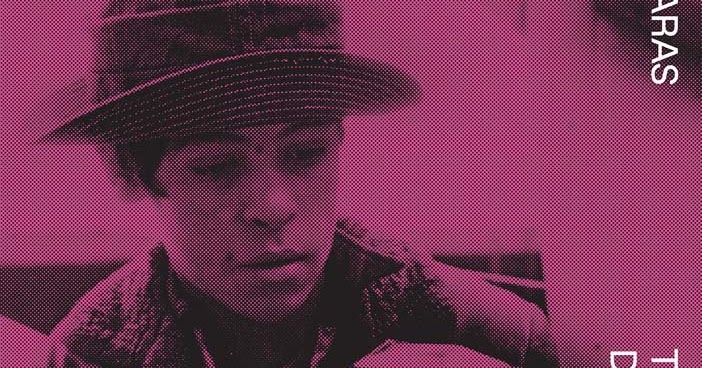CHARAS
CHARAS: The Improbable Dome BuildersSyeus MottelPioneer Works Press / The Song Cave, February 2018Paperback | 6-1/2 x 9 inches | 240 pages | English | ISBN: 978-1945711053 | $27.00Publisher's Description: Pioneer Works Press, in partnership with The Song Cave, is pleased to present the release of CHARAS: The Improbable Dome Builders, by Syeus Mottel (2017), a fascinating account of six ex-gang members who broke ground to construct a geodesic dome on a vacant lot in the shadow of the Manhattan Bridge after a 1970 meeting with the celebrated and revolutionary architect R. Buckminster Fuller, also known as Bucky. Originally published in 1973, this republication speaks to the issues at the heart of the CHARAS project as gentrification seems to multiply faster than communities can work to preserve themselves against it. The book acts as a record to highlight ways people have united to activate empty spaces before gentrification. As a group, CHARAS was interested in physically altering the housing conditions in their immediate neighborhood, the Lower East Side. Influenced by Bucky’s teachings, the young men of CHARAS began a period of devoted study to solid geometry, spherical trigonometry, and the principles of dome building. Following this period, CHARAS developed a program that encouraged community autonomy and the reclaiming public space. More than simply a documentation of the project, the book offers stories, profiles, interviews, and images, and the group’s process from their intensive study to the obstacles they faced while physically constructing domes. Referral Links: dDAB Commentary: Last December Chino Garcia, one of the six founding members of CHARAS, the arts and community nonprofit based on the Lower East Side, was honored with a proclamation by New York State Assemblymember Harvey Epstein. The proclamation was extraordinary, considering that Garcia arrived in Manhattan from Puerto Rico and at the age of twelve, after dropping out of school, joined the Assassins gang, eventually moving up to "war lord." Garcia was illiterate but a born leader who was, in the words of Syeus Mottel in his 1973 account of CHARAS, "good at getting people to listen to him." But in 1964, with his friend and fellow gang member Angelo Gonzalez, Jr., Garcia left the violence of the gang and started developing what at first they called the Real Great Society, aiming to "do something about the poverty and delinquency around them" in the Lower East Side. The Society became CHARAS (C for Chino, A for Angelo, and the other letters for the other four founding members) and still exists today, though "in exile" thanks to Rudy Giuliani, who as mayor in 1998 sold their home, a former school in the East Village they had occupied since 1977, to developers, which evicted CHARAS a few years later. An account of Chino Garcia and the rest of CHARAS would be fascinating in and of itself, but the hook employed by Mottel in CHARAS — one that makes it appropriate for this blog — is their task in 1972 to build a geodesic dome on a vacant lot near the Manhattan Bridge, done under the guidance of R. Buckminster Fuller and Michael Ben-Eli. Republished with new photographs 45 years later by Pioneer Works Press and The Song Cave, the story of CHARAS would seem to be most relevant in terms of gentrification; there's the Giuliani eviction, after all, plus the land on which they built the "improbable" dome is now just steps from the massive Essex Crossing development and other parts of the thoroughly gentrified Lower East Side. Ironically, though, the dome began as a test project for an attempt to get out of crisis-era NYC, since Fuller was going to donate land in Vermont for CHARAS to build a settlement of domes. That never happened, but the dome was built (then promptly destroyed, given that it was illegal), and CHARAS integrated itself into the community, using the former P.S. 64. as a base of operations. With portraits of the CHARAS members written by Mottel, who also describes how a group of ex-gang members hooked up with Fuller, the republished book stays true to the original. But it does delve beyond 1973 through a 2017 interview with Ben-Eli, while the newly unearthed photos capture the lives behind the dome as well as its creation. Spreads:

CHARAS: The Improbable Dome Builders
Syeus Mottel
Pioneer Works Press / The Song Cave, February 2018
Paperback | 6-1/2 x 9 inches | 240 pages | English | ISBN: 978-1945711053 | $27.00
Publisher's Description:










